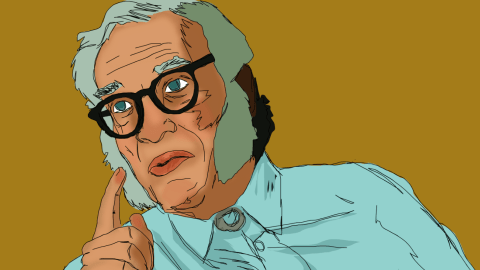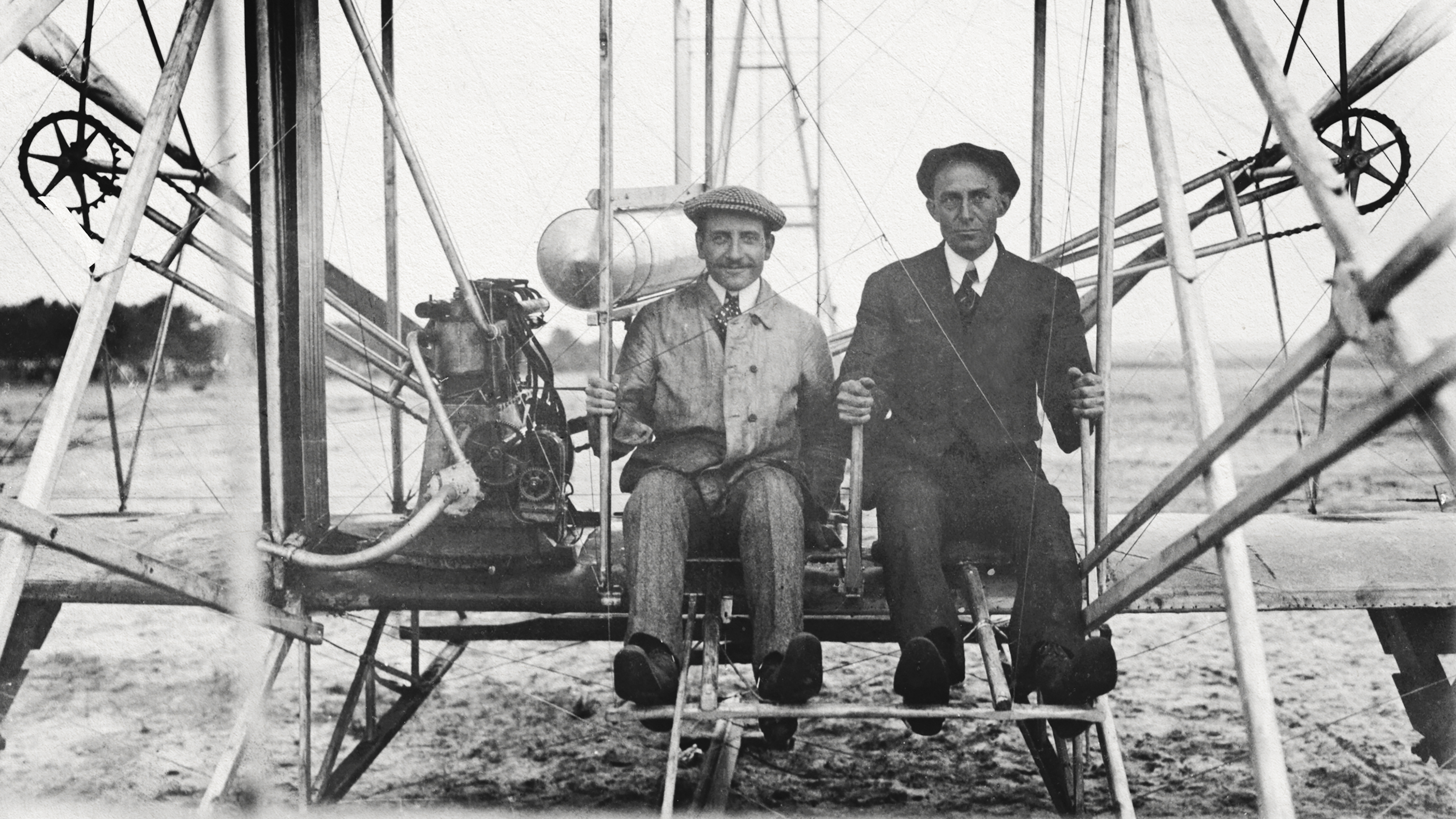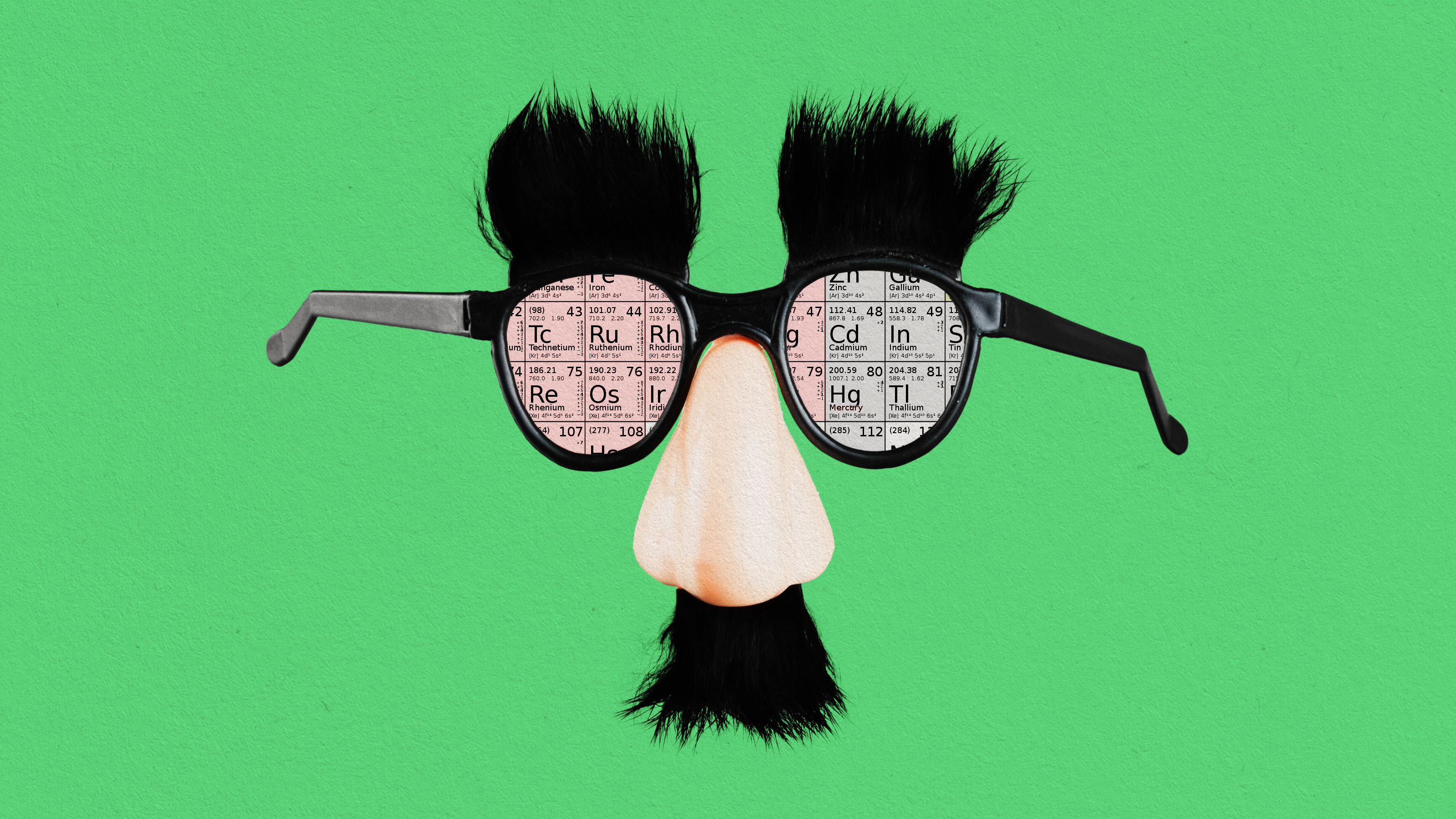In 1983, Isaac Asimov predicted the world of 2019. Here’s what he got right (and wrong).

- In 1983, the Toronto Star asked science fiction writer Isaac Asimov to predict what the world would be like in 2019.
- His predictions about computerization were mostly accurate, though some of his forecasts about education and space utilization were overly optimistic.
- Asimov’s predictions highlight just how difficult it is to predict the future of technology.
Isaac Asimov was one the world’s most celebrated and prolific science fiction writers, having written or edited more than 500 books over his four-decade career. The Russian-born writer was famous for penning hard science fiction in his books, such as that in I, Robot, Foundation and Nightfall. Naturally, his work contained many predictions about the future of society and technology.
Some of those predictions came true, such as our ability to use what he called sight-sound communication to contact anyone on Earth. But others — a machine that can convert yeast, algae and water into foods like “mock-turkey,” for instance — never manifested.
In 1983, the Toronto Star invited Asimov to predict the answer to a specific question: “What will the world look like in 2019?” It was a fitting time to pose the question, the Star’s editors figured, because 1983 was 35 years after George Orwell penned 1984.
Asimov wrote that it was pointless to imagine the future of society if the United States and the Soviet Union were to engage in nuclear war, so he assumed that wouldn’t happen. He then broke down his predictions under two main themes: computerization and space utilization.
Computerization
Asimov was more or less correct in many of his predictions on the future of computerization, even if some of his forecasts were a bit broad and obvious, including:
- “Computerization will undoubtedly continue onward inevitably.”
- The “mobile computerized object” will “penetrate the home,” and the increasing complexity of society will make it impossible to live without this technology.
- Computers will disrupt work habits and replace old jobs with ones that are radically different.
- Robotics will kill “routine clerical and assembly-line jobs.”
- Society will need a “vast change in the nature of education must take place, and entire populations must be made “computer-literate” and must be taught to deal with a “high-tech” world.”
- This education transition will be difficult for many, especially as world population grows at unprecedented rates.
Still, Asimov was wrong, or at least slightly off, on a few predictions about the future of computerization.
For instance, he predicted that technology will revolutionize education (correct), but that traditional schooling will become outdated as kids become able to learn everything they need to know from computers at home. That might technically be possible, but it also assumes that kids wouldn’t spend all that time using technology to, say, play Fortnite.
Space utilization
“We will enter space to stay,” Asimov claimed in his essay.
And he was mostly right: The International Space Station has been continuously occupied for more than 18 years.
But Asimov was a bit optimistic about future societies’ space endeavors, predicting that humans would be “back on the moon in force” with mining operations, factories that “use of the special properties of space,” observatories and even a solar power station that would beam microwaves back to Earth.
Asimov also thought we’d be on our way to establishing human settlements on the moon.
“By 2019, the first space settlement should be on the drawing boards; and may perhaps be under actual construction,” he wrote. “It would be the first of many in which human beings could live by the tens of thousands, and in which they could build small societies of all kinds, lending humanity a further twist of variety.”
NASA is indeed planning to send astronauts to the moon in about a decade, though it’ll likely take longer than that for any nation to establish a permanent lunar settlement.
Why it’s so difficult to predict the future of technology
It’s possible to use observations such as Moore’s law to predict the general kinds of technological advances we should see in one, two or even five years. But, as tech analyst Andy Oram of O’Reilly Media is quoted as saying in a Pew Research Center report on the future of the internet, “Beyond five years, everything is wide open.”
That’s mainly because it’s impossible to predict the many innovative ways in which the next generation might make use of those major advances.
Ed Lyell, a former member of the Colorado State Board of Education and Telecommunication Advisory Commission, elaborated on this idea in a report from the Pew Research Center’s Internet & American Life Project.
Peter Drucker wrote about the major transformations in history. The printing press, steam engine driven industrial revolution, and the then-emerging internet. His main point, that I share, is that it takes a generation, about 25 years, for the new ‘thing’ to real have its impact. At first society uses the new tool to better do what they have been doing. The generation raised with it finds totally new things and ways to do things. Thus we will be working in jobs that we cannot now see or define. Going through our work and play days doing things we cannot now envision or perhaps which only a few now envision, but have trouble getting others to see their vision.





